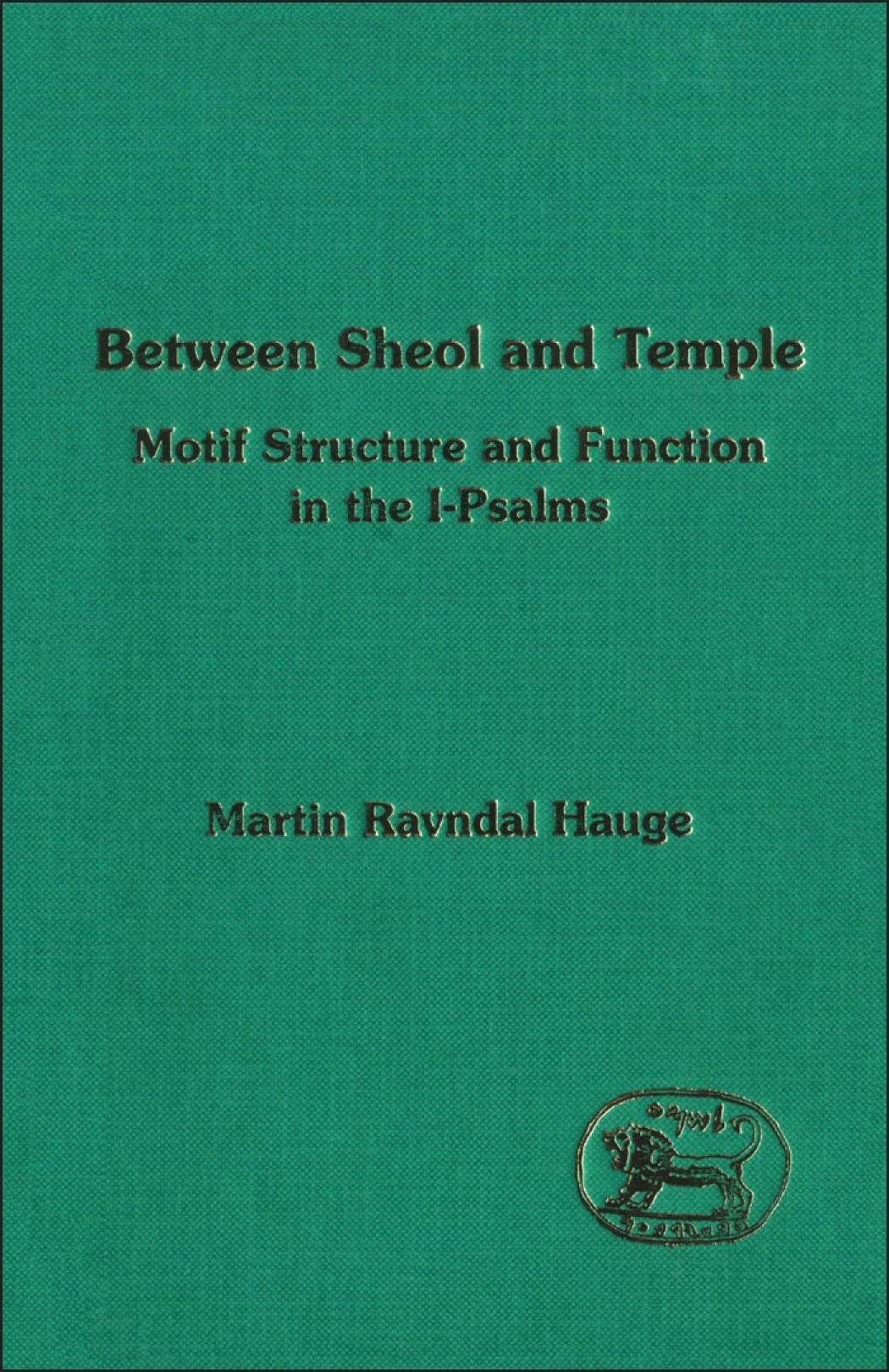Between Sheol and Temple
As against traditional cultic and sociological interpretations of the 'I' Psalms, this original study stresses the 'I' as a literary figure. Yet on the other hand, the historical interest of the traditional models is retained, here with emphasis on '...
Read more
As against traditional cultic and sociological interpretations of the 'I' Psalms, this original study stresses the 'I' as a literary figure. Yet on the other hand, the historical interest of the traditional models is retained, here with emphasis on 'original' function and intent. There is a common set of central motifs related to the 'I'-figure, most easily discernible when referring to categories of locality. The 'I' is depicted in a sacred landscape of contrasting localities-'Sheol' and 'Temple' connected by the concept of 'Way'. This motif structure deploys an ideological language in which the 'I' figure is an embodiment of a religious paradigm, that attests a process of actualization and integration. The religiosity of these texts is of a mystical character, pointing to some religious practice of intense personal character aimed at experience of a divine reality. No doubt the social location of such experience was among the elite, but some texts hint at a possible 'democratization' of the religious practice they portray.
Less

















.jpg)




.jpeg)






